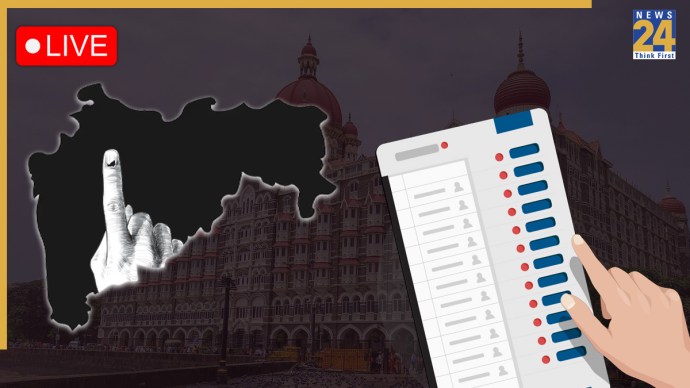New Delhi: The Ministry of Road Transport and Highways had previously proposed October 1 as the date when the mandatory installation of six airbags in cars should come into effect. However, the said proposal is now likely to be delayed for up to 18 months.
Industry sources revealed that there is simply not enough manufacturing capacity for airbags in India, which is the main reason for the expected delay. Airbag production would have to nearly triple to 18 million units a year to meet the surge in demand if all cars were required to be fitted with six airbags.
The MoRTH issued a draft notification in January mandating six airbags in all cars in the country and directed all manufacturers to comply with the proposed guidelines by October 1, 2022.
An industry leader said: “The six-month deadline for the ministry to legislate the notification has technically passed. So basically we are looking at re-issuing the notification.” The guidelines are now not expected to be implemented until around April 2024.
The total size of the Indian passenger vehicle market is around three million units, with sales in fiscal 2022 (April 2021-March 2022) pegged at 30,45,465 units after registering 12 percent year-on-year growth.
The dual-airbag mandate, which began earlier this year in January, has already raised the total capacity requirement to around six million airbag units. It is estimated that 15 percent of all PV plants are already equipped with six airbags, bringing the current airbag capacity to close to eight million units.
If the remaining 85 percent of the PV market were to switch to six airbags, there would be an additional capacity requirement of 10 million airbags, requiring suppliers to dramatically increase production to 18 million airbag units to serve the entire market.
An industry expert said, “We don’t even have the capacity of six million units at the moment. The new guidelines require a significant expansion of capacities as well as the localization of airbags and their associated parts, as many components are currently imported.
“It is not possible to meet this explosion of demand in a short time frame, despite the willingness of component manufacturers to invest in more capacity according to customer requirements,” he added.
Rapid and expensive transition
While the six-airbag mandate, which was uniquely designed in India, is great business for safety system suppliers, there is concern in the industry that the cost impact and technical issues in implementation would seriously hurt the growth of the passenger car market.
The budget segment will be affected, which includes a range of mass-market models, from the entry-level Maruti Suzuki Alto and Renault Kwid to popular family cars – like the Maruti Suzuki Wagon R and Tata Tiago.
All these A and B segment cars, which hold the lion’s share of the price-sensitive Indian car market and are primarily offered with affordable mobility as a unique selling proposition, will need a thorough redesign of their side body structures, or in some cases even a justified evolution of their platforms, to were able to comply with the proposed mandate.
In addition, it was found that more than the cost of airbags, which means car manufacturers incur an additional cost of around Rs 7,500 per car to add side and head airbags, is the cost of redesigning the model as well as the lack of adequate lead time. such mega reengineering projects are another big worry.
“The government has left almost two years for the mandatory implementation of dual airbags in cars. But this time it is a much more critical implementation and we will definitely need more time. It’s more of a lead time issue than a [airbag] price issue,” said another industry executive.
While the total cost of the six-airbag system is estimated to be between Rs 12,500 and Rs 15,000 for OEMs, the effective price paid by the customer increases two to three times by the time the car reaches the customer’s home due to a charge of various central and state taxes, including road tax.
In India, a driver’s airbag was made mandatory in all cars from July 2019, with dual front airbags becoming mandatory from 1 January 2022. While the first draft notification for the same was issued in December 2020, the original proposed date was 1 April. , 2021, for new models with an extension until June 1, 2021 for all other existing models. However, after the subsequent extension of the deadlines, dual airbags in cars could finally become mandatory only at the beginning of this calendar year.
Six Airbags
While the ministry’s move to make dual front airbags mandatory in all cars was widely welcomed – it was strategically introduced alongside front seat belt reminder alarms, which became mandatory in all cars from July 2019 – the proposal for six airbags has taken fire from all corners.
Without prior effective enforcement of the use of rear seat belts in cars, it could end up being an unnecessary hindrance to the growth of the industry due to huge costs. Cheap cars would become too expensive, which could further reduce the country’s motorization rate, which is at a low 32 cars per thousand people.
Moreover, the recent road accident that claimed the life of Cyrus Mistry is a clear example that more than airbags, it is the seat belts – part of the vehicle’s primary restraint system – that save lives in the event of an accident.
An airbag, on the other hand, forms a vehicle’s Supplemental Restraint System (SRS) and essentially assists the occupant’s seat belt to help cushion the adverse impact of an accident transmitted to the human body. The effectiveness of the airbag is only achieved when the passengers are securely fastened in their seats.
As the industry may be staring at an extension of the deadline for the proposed six-airbag rule, the MoRTH has issued a new draft notification proposing changes to the automotive industry standards (AIS156) and proposing mandatory installation of seat belt reminders for all forward-facing occupants. Industry experts believe this could be a pretty good move and a gradual, low-cost and more effective one than the six-airbag mandate.













